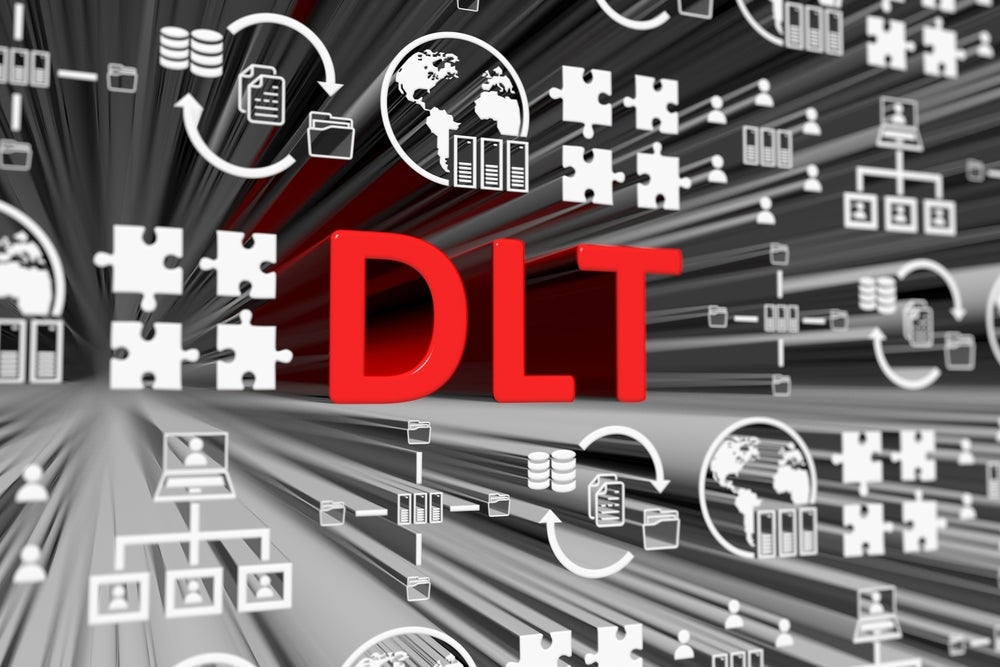With digital assets poised to become a significant part of the global financial system, the technology behind them, distributed ledger technology, offers a transparent, highly efficient, and secure way to modernise our current systems. Until now, institutional adoption has been hampered by regulatory uncertainty. That’s changing.
The European Union is emerging as a global frontrunner in the regulatory race and has developed various frameworks that will pave the way for both the financial sector and everyday investors to safely use digital assets.
The Markets in Crypto-Assets Regulation, a landmark piece of legislation, comes into effect in December 2024. Promising a harmonised regulatory environment across all member states, it covers crypto-assets, issuers, and service providers.
The Transfer of Fund Regulation complements MiCA, ensuring that the transfer of funds and digital assets carries information about originators and beneficiaries, strengthening the combat of money laundering and terrorist financing.
Designed to bolster anti-money laundering practices and enhance consumer protections, the proposals require crypto-asset service providers to protect consumers’ wallets, secure the infrastructure of digital assets and be liable if they lose investors’ funds.
The regulation applies AML and market abuse regulations to crypto-assets, requiring the European Banking Authority to maintain a public register of non-compliant providers.
Importantly, MiCA takes a strong position on stablecoins to protect consumers and maintain the integrity of central banks. It requires that every stablecoin issuer has a 1:1 liquid backing, partially in the form of deposits and stablecoin holders can access funds at any time, free of charge by the issuer.
The EBA also sets out rules for large stablecoins with more than 10 million users or a reserve of assets worth more than €5bn ($5.39bn. These will need to be issued from the EU and supervised by the EBA. Issuers would be subject to strict operational and prudential rules.
By establishing clear and consistent rules, these regulations significantly reduce the likelihood of crises like Terra Luna or the scale of fraud exposed by the collapse of FTX.
And the impact on the business environment is already apparent. A recent survey by Citi found that, in Europe, regulatory clarity and a range of national regulations “led to over 17% of respondents being live with offering cryptocurrencies at a commercial scale”.
On the institutional side, the DLT Pilot Regime came into effect in March 2023. This allows regulated financial institutions to experiment with the trading and settlement of digital assets in a controlled legal environment with only temporary waivers.
Story Continues
